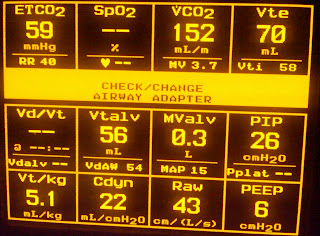Today it has been one year since he came home from UCSF PICU. Thank you to all of you amazing doctors, nurses and respiratory therapists (and you know you are) who made bringing Hayden home a reality.
He finished 6th grade, he's made new friends and kept up with the old, he's had easy days and hard days, but in the end he is happy and that is what matters most.
Special thank you to Dr. Kitterman who was there for us every morning at 7am rounds for 4 months straight. You are an angel! And to Nurse Adrienne who was with him from the beginning and pushed the limits so Hayden could understand why he should live.
Special thank you to Dr. Kitterman who was there for us every morning at 7am rounds for 4 months straight. You are an angel! And to Nurse Adrienne who was with him from the beginning and pushed the limits so Hayden could understand why he should live.
To all of Hayden's amazing nurses and respiratory therapists, we miss you all and are a huge reason Hayden is here today.
To Hayden's doctor's, thank you for telling us the truth and not holding back. I know that is what gave John and I our determination to see him walk out of the hospital.
To Hayden's doctor's, thank you for telling us the truth and not holding back. I know that is what gave John and I our determination to see him walk out of the hospital.
Thank you to our families and friends who still give so much to us and Hayden in terms of love and support.
xo
Megan
xo
Megan
 |
| Hayden and John at Stinson Beach for 4th of July. Hayden's first sleep over away from home since being in the hospital. |

























